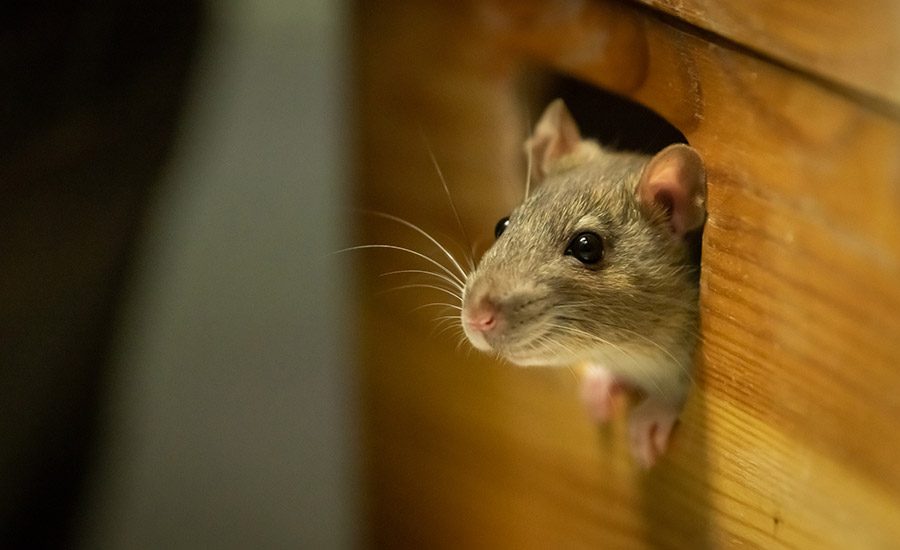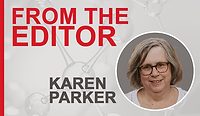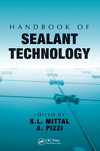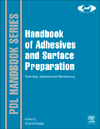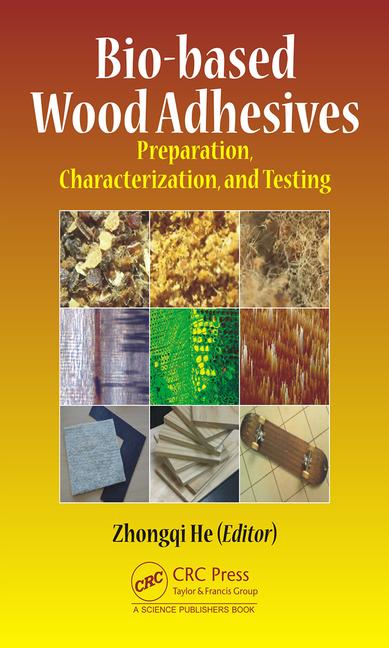3M Continues History of Innovating for The Future
Scott Buss, the business development director for the Industrial Adhesives and Tapes Division at 3M, discusses the company’s successes with ASI’s editor, Karen Parker.

ipopba/iStock / Getty Images Plus via Getty Images
3M is a company that has been in the adhesives business for over 100 years. Currently, the company has three business groups that have adhesives and sealants as part of their product offering: Safety & Industrial, Consumer, and Transportation & Electronics. The company recently completed its planned spin-off of its Health Care business, which is now Solventum Corp.
Karen Parker, ASI’s editor-in-chief, sat down with Scott Buss, the business development director for the Industrial Adhesives and Tapes Division at 3M, to discuss 3M’s adhesives and sealants business, its successes, and what he thinks about the future of the industry.
 ASI: Can you give a brief overview of the company’s adhesives and sealants business? To what do you attribute the success of that part of 3M’s business?
ASI: Can you give a brief overview of the company’s adhesives and sealants business? To what do you attribute the success of that part of 3M’s business?
Scott Buss: 3M has been in adhesives and sealants, starting in adhesives, going back to the 1920s; it is a big part of the company’s history. It actually started with masking tape in the 20s for Ford Motor Company when Henry Ford was modernizing automotive manufacturing. 3M’s business has grown over the years into where we now have three large business groups in the company: a Consumer business group, a Transportation & Electronics business group, and a Safety & Industrial business group. Adhesives and sealants are part of all three of those business groups. Products that some may know very well would be Post-it Notes® — the pressure-sensitive adhesives on the back of those. Scotch transparent tape would be another recognizable product.
On the industrial and electronics side, we have our 3M™ VHB™ tapes, another example of PSAs. In the liquid space there are a number of technologies as well. The big brand in either aerospace or industrial markets would be our 3M™ Scotch-Weld™ structural adhesives.
ASI: What are some of the challenges and perhaps some opportunities you’re seeing for the adhesive and sealant industry throughout the rest of this year and into the beginning of 2025?
Buss: Probably one of the biggest challenges for the adhesives and sealants industry, from my perspective, would be an ongoing increase in the regulatory requirements and expectations around sustainability. So, eco-responsibility, sustainability and more compliance with regulation, continue to evolve. That is one area that is a challenge and an opportunity.
Automotive is a great example of this. We have seen the electrification of vehicles, and not just automobiles but trucks, and forklifts, and agricultural equipment. When I say electrification, we not only have the powertrain moving from an internal combustion-driven to a battery-driven system; but also, the human-machine interface has changed. The dashboard, the instrument panel, has changed completely; it is now like a large mobile phone or a TV screen. Additionally, the number of sensors on a vehicle continues to grow dramatically. In each of those applications, the battery, the human-machine interface, or the sensors, there is a lot of adhesive and sealant content and opportunity. The growth of all those, not just in automotive, but in almost anything transportation related, is a huge trend that 3M and many of our peer companies are interested in.
I would say that another trend that cuts across geographies and markets is the continued rise of industrial automation. Adhesives have always been something that can be automated and dispensed somewhat regularly. But the curve has accelerated. Coming out of the pandemic, companies looked to stabilize their workforce and perhaps raise quality levels and control of how they apply adhesives. Those are some big trends that immediately come to mind; and there are challenges within those opportunities. If we can adapt, and the industry can adapt correctly, those could be growth drivers for adhesives and sealants.
ASI: Can you talk a little bit more about 3M’s plans for the future to address some of the challenges you talked about?
Buss: For 3M specifically, our strength is in material science. But that is no good unless we can apply it directly to what customers need. We will continue, and we are continuing, to innovate around our material performance. Moreover, it is bringing our expertise of those materials to actual application that is a big focus for the company. Participating in those segments, such as the electrification trend I talked about earlier and the automation trend in particular, we work to be not just a materials supplier but a full solutions supplier for our customers. That is the approach we are trying to take. What that means is becoming not just conversant on those trends but really participating in helping our customers not just select an adhesive or a sealant but helping them figure out how they integrate that into production and how they can extract the most value out of it. With that approach, it is not just a choice of material, it is a choice of what’s my best manufacturing process; what is best for the end-use of the product; what is best for the user. And maybe even, what is best for the disposal of that product.
Coming from a strong base in materials science but expanding that to the whole life cycle of a product, it really helps us unlock value and participate in those trends, whether it is the sustainability trend, the electrification trend, or automation trend. If we look at it with a broader, entire life cycle or product cycle view, then we can find ways to participate with customers. The approach we take is that of participating, leading, and keeping pace with changes verses trying to catch up.
ASI: How do issues surrounding sustainability factor in to 3M’s business plan going forward?
Buss: Sustainability is an interesting area. My personal view is that sustainability is in the eye of the beholder. Why do I say that? If I am on a manufacturing line and I am using a chemical or an adhesive, my view of sustainability or safety or environmental health is probably really influenced by the question, am I safe using this product? How do I use this product safely? Another viewpoint is the end-user of a product, say, an electric vehicle. Did an adhesive, a tape, or any product in the EV, enable perhaps a more sustainable transportation solution? Then, there is the entire picture. If you are a manufacturer like 3M, how do we choose raw materials that are sustainably sourced? How do we design products that are more sustainable? So, sustainability depends upon your point of view, on what your needs are.
For example, in the part of the company that I represent, the Industrial Adhesives and Tapes division, has a really good cross-section of technologies. We are tackling the sustainability challenge in four primary ways. One, lowering volatile organic compounds (VOCs) and other targeted substances. We do that through product design: designing products that meet or exceed or anticipate the ongoing and emerging trends for targeted substances or lower VOCs. The second way would be reducing the use of virgin fossil-based fuels, so plastics for example. Can we use less materials, whether that is in the packaging or in the manufacture of the product? The third way would be minimizing waste and energy use. That can happen in our factories. So, our manufacturing processes become very important and the energy they use to produce a product. Many of the products we manufacture, especially adhesives and sealants, are used by other manufacturers. Often what we see is that with the proper selection, we can enable their manufacturing processes to be more efficient, use less energy, or they can choose a more sustainable adhesive that helps them accomplish their goals. A fourth way is enabling recycling, reusability, or end of life. An example would be in electronics. Consumer electronics companies are more and more driving this full life cycle viewpoint of their product’s life. They are responsible at the end of life for their disposal. One way that adhesives and sealants, which are often designed to be permanent, helps with this is to design ways for the product to be disassembled or repairable. So, products can be disassembled at the end of their useful life so that the adhesive can, through heat or other energy or another means, allow the finished product to be disassembled in a way that companies can reclaim or recycle and properly dispose of it, like a mobile phone for example.
Those are four ways that we are actively, through new products primarily, participating and advancing our position and our capability to address sustainability.
ASI would like to thank Scott for taking the time to talk to us. To learn more about 3M, visit www.3m.com.
Looking for a reprint of this article?
From high-res PDFs to custom plaques, order your copy today!

